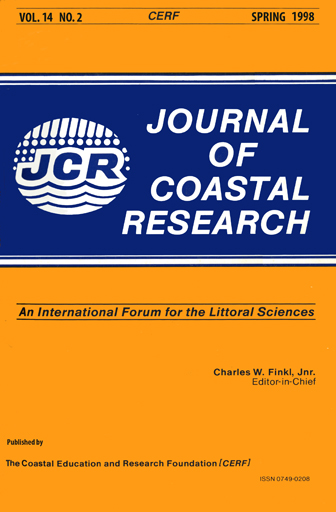Dynamics of Litter Pollution on Israeli Mediterranean Beaches: a Budgetary, Litter Flux Approach
Keywords:
Beach pollution, beach morphology, Israeli beaches, Mediterranean beachesAbstract
The dynamic behavior of coastal litter is followed on Israeli beaches. Subsequently, the impact of the coastal geomorphology on litter dynamics is examined. Six prototype sampling beaches of different morphology were selected. The position, number, composition and nature of all the litter pieces, within a 50 m beach front, were recorded on each beach. Strips of litter concentration were demarcated and their movement was mapped along shore-normal transects. All items were tagged in situ, each beach strip by a different color. These sampling procedures enabled to define inflow, outflow, transfer, storage and reemergence of buried litter. We also calculated the litter budget at each site, traced litter movement through the beach and calculated the residence time and the turnover period. The littered area in all beaches, over the entire study period, was less than one percent. The widest beaches were the most littered. Specific beach morphology, as ridge and runnel, made the backshore an efficient trap for the litter. The results show that the narrower the beach the higher its litter flux. The narrowest sandy beach showed the highest range of dynamics. The litter is spread and organized in distinct strips. Their pattern reflects the specific beach depositional dynamics. The Israeli Mediterranean coast is homogeneous in its high mobility of litter, shown by a similar input and output of litter items and by the almost balanced budget of litter on each studied site. Turnover time, i.e., the time needed to replace the total litter on each beach, is only a few months long and less than half a year. This high mobility of the litter means poor persistence and a good self-cleaning capacity. The data suggests that the Israeli beaches are essentially a transfer route for the litter, which migrates along and finally seems to bypass them.


